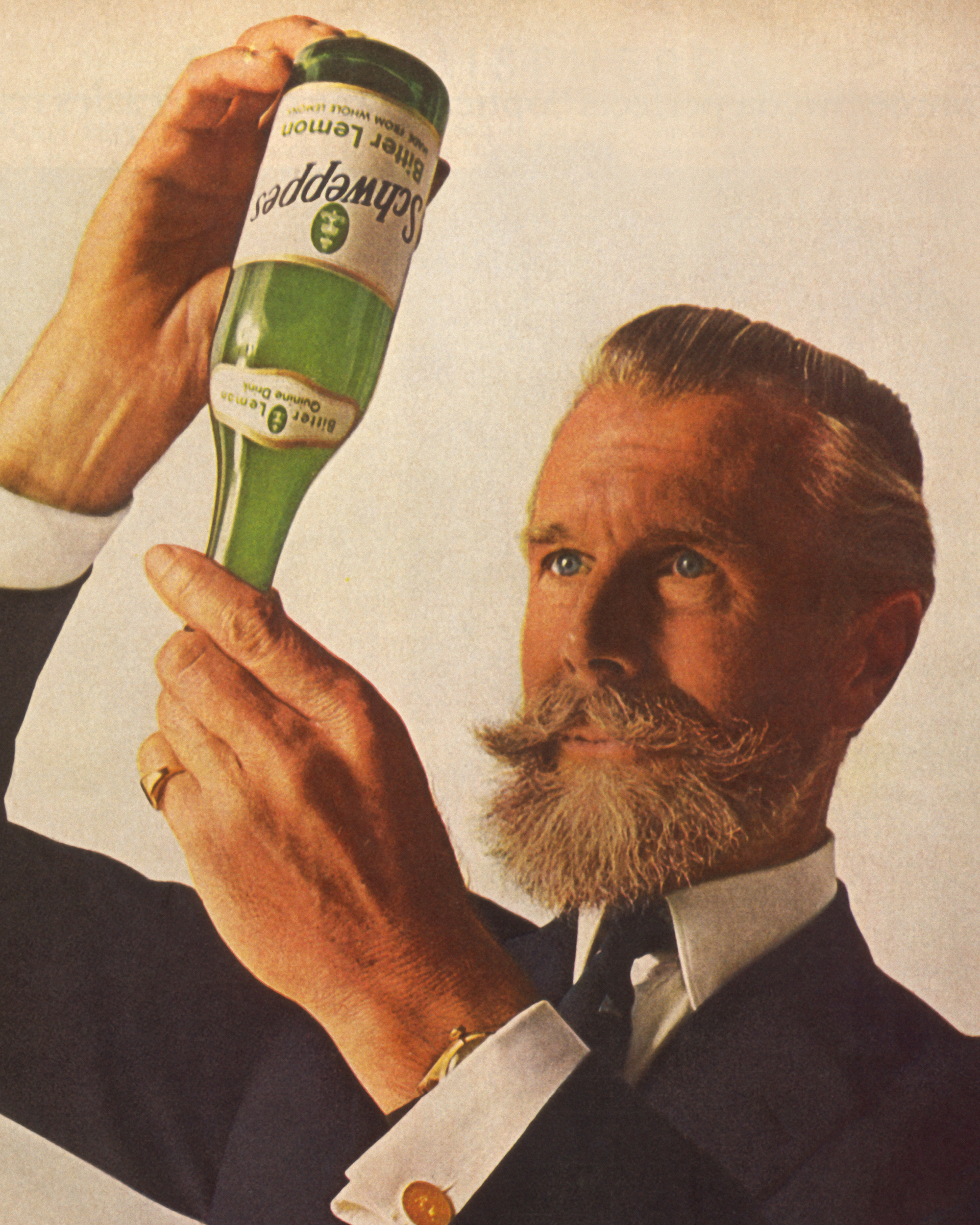What Do Bubbles Taste Like?: An Interview with David Arnold
AHHHH, and then ERRRRR
Eben Klemm and David Arnold
Mountain climbers refer to the “champagne blues,” the phenomenon of cracking open a bottle of bubbly upon reaching the zenith only to be disappointed to find that it tastes flat. This is now known to be caused by the consumption of altitude sickness medicines that block the enzyme carbonic anhydrase 4, which is expressed on the surface of sour-sensing cells on the tongue. Although bubbles in drinks would seem as if they were perceived in a tactile manner, the detection and appreciation of carbonation in our bodies is an indicator of a complex neurological pathway, one where a gastronomical appreciation, paradoxically perhaps, goes against a basic biological warning system.
As director of culinary technology at the French Culinary Institute in New York, David Arnold researches how the preparation of food can be improved to better fit the natural construction of our culinary perception systems. He has collaborated with many noted chefs, including Wylie Dufresne of wd-50, Johnnie Iuzzini of Jean Georges, and Harold McGee, author of On Food and Cooking: The Science and Lore of the Kitchen. In one demonstration, he made three equally pressurized “soda” waters with different gas mixes—one of one hundred percent carbon dioxide (normal seltzer), one of one hundred percent nitrous oxide, and one a fifty-fifty mix of both. The different “tastes” of these waters provided the springboard for this discussion between Arnold and mixologist Eben Klemm, which took place in Arnold’s laboratory at the French Culinary Institute.
Eben Klemm: Let’s get a term straight: when aerating a liquid with a gas other than carbon dioxide, is there a word for that process? Gaseation?
David Arnold: Actually, we’ve never come up with a good term for what we’re doing with nitrous oxide.

Nitrogenation?
I don’t know. Maybe we can come up with a good term today. Bubbleation? Booboolaise? No matter what the gas, we have always used the term carbonation. If we went with nitro-something, people would think we were using nitrogen. People already use nitrogen for beer, to suppress carbon dioxide. Nitrogen isn’t soluble.
Until I tasted your “carbonated” waters, I had thought of aerated liquids as merely a textural experience—the perception of the absence, the nothingness, in a liquid; the physical feeling of bubbles popping. But when I drank your three different gas mixtures (CO2, NO2, and a 50-50 mix of both), I actually realized that there’s a taste sensation happening.
Right. And there’s another thing that I don’t normally address. In the case of straight-up aeration of something with body, like a foam, there’s a kind of bubble—“entrained air”—that’s different from dissolved gases like nitrous and makes the system even more complicated. But you’re right, when you’re talking about dissolved bubbles like nitrous and carbon dioxide, people don’t think of that as something that has its own taste. So when you taste nitrous by itself, laughing gas, it feels creamy, it actually has a sweet taste, and you taste a lot of bubbles but not a prickling sensation on the tongue. That means that the liveliness of the drink, the amount of bubbles coming out of the drink, is a separate sensation from the prickliness that you get on the tongue—that seltzer flavor, that ripping, tingling in your nose thing you get with CO2.